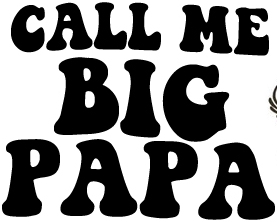 In a world first, or maybe just podcast first, the guys throw caution to the wind and actually product an episode with some real Linux and ham radio content. We know it's shocking, but sometimes--just sometimes--a miracle happens and you get the belly laughs along with something to stimulate your gray matter. We can't promise this will happen in the future, but this time you're safe.
In a world first, or maybe just podcast first, the guys throw caution to the wind and actually product an episode with some real Linux and ham radio content. We know it's shocking, but sometimes--just sometimes--a miracle happens and you get the belly laughs along with something to stimulate your gray matter. We can't promise this will happen in the future, but this time you're safe.
On the Linux side, Richard found an article on the ARRL Web site which leads to a discussion of OpenOffice (Libre Office) and Scribus, two excellent document preparation suites. On the ham radio side, Russ discusses some useful Android applications which might be helpful to those operators who want to use their devices for logging, CW training, PSK31 digital mode communications and more.
Thank you for all the donations to the Hamvention fund. Russ hopes to see as many folks as possible during his time at the show. LHS will be in the North Hall, booth 131.
73 de The LHS Guys
Podcast: Play in new window | Download
